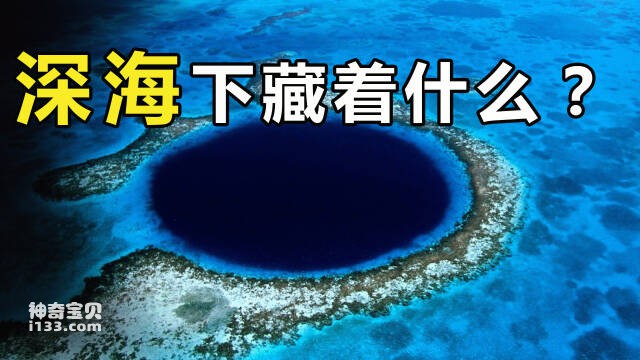The ocean is not only rich in oil, but also a cornucopia of various minerals. The oil extracted from the seabed now accounts for more than 30% of the world's total oil production, which shows its important position. Ocean mineral deposits are also changing the world's mineral distribution map. In early 1991, the United Nations decided that my country would be a pioneer country in mining seabed mineral deposits, and designated the southeastern waters of Hawaii as my country's mining area. Therefore, it is even more necessary for us to understand this cornucopia, what mineral deposits are on the seabed, and how they are distributed.

According to the information currently available, mineral deposits on the seabed can be roughly divided into three categories: manganese lumps, hydrothermal deposits, and drill shells.
Manganese agglomerates, also called manganese nodules and manganese ore balls, are polymetallic nodules dominated by manganese. It is widely distributed on the ocean floor at water depths of 2,000 to 6,000 meters in the world's oceans. The Pacific Ocean has the largest reserves, estimated at 1.7 trillion tons, accounting for more than half of the world's total reserves of about 3 trillion tons.
Manganese clumps have spent a long time on the seabed. They have different sizes and shapes due to different environments. Most of their diameters are between 1 and 25 centimeters, and some weigh more than tens of kilograms. They are like pebbles. Also accumulated on the ocean floor of the deep sea.
It is estimated that the reserves of various metals contained in all manganese clumps in the ocean far exceed those on land. What's more, manganese clumps are a regenerated sedimentary mineral, and their reserves are still increasing, growing by 10 million tons per year in the Pacific Ocean alone.
Although manganese clumps have been distributed in all oceans throughout the century, the manganese clumps on the seafloor of the eastern Pacific north of the equator have the widest distribution area, the highest concentration, and a relatively high metal grade. Among them, in a 4,600-kilometer-long and 900-kilometer-wide sea area from southwest Mexico to southern Hawaii, the surface of the seafloor is densely covered with manganese clumps, with an average density of more than 10 kilograms per square meter. The total grade of nickel, copper, and cobalt More than 3%, it can be said that there are treasures everywhere.
The sea terrain in this area is relatively flat and the sea conditions are relatively good, which is conducive to mining operations. It is currently the main place for scientific research and mining experiments in various countries. The sea area allocated to our country for exploitation by the United Nations is also located in this area.
In addition, the southwest waters of South Asia and the eastern waters of the Indian Ocean are also areas rich in manganese clumps. In the past, it was thought that manganese clumps with high metal grade were only concentrated on the deep seabed far away from the land. However, recent surveys and explorations have shown that the waters around some small islands in the South Pacific also contain considerable amounts of manganese clumps.
Nowadays, mining ships are generally used to mine manganese briquettes. A mining machine equipped with a deep-sea television collects manganese clumps on the seabed, and pumps air through a hose like a vacuum cleaner. The manganese clumps are continuously sucked into the mining energy on the surface through the hose. The daily mining capacity can reach 3,000 tons.
animal tags:
We created this article in conjunction with AI technology, then made sure it was fact-checked and edited by a Animals Top editor.